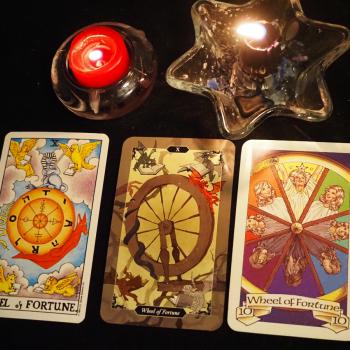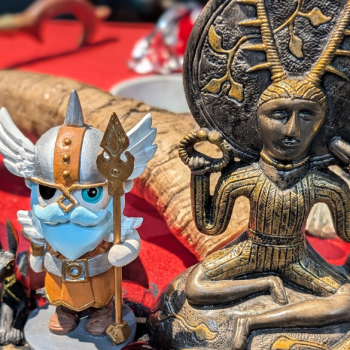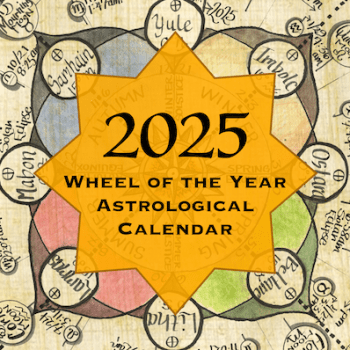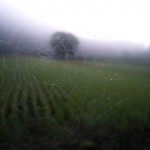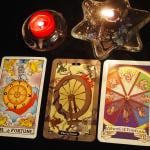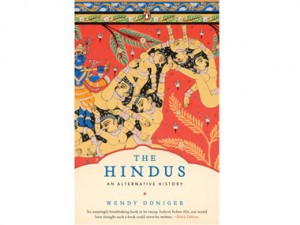 Wendy Doniger’s 700 page exploration of Hinduism and the history of the Hindus has been extremely controversial. The Hindus: An Alternative History was published in 2008, received scathing reviews from Hindus, and was banned for a time in India. This is how I heard of the book to begin with. What could possibly be so scandalous that a country would ban a book of its history? As someone with more than one degree in religious history and a practitioner of Hindu devotions* I wanted to check out this book.
Wendy Doniger’s 700 page exploration of Hinduism and the history of the Hindus has been extremely controversial. The Hindus: An Alternative History was published in 2008, received scathing reviews from Hindus, and was banned for a time in India. This is how I heard of the book to begin with. What could possibly be so scandalous that a country would ban a book of its history? As someone with more than one degree in religious history and a practitioner of Hindu devotions* I wanted to check out this book.
First, who is this Wendy Doniger? She’s the Mircea Eliade Distinguished Service Professor of the History of Religions at the University of Chicago. She’s got degrees from Harvard and Oxford, including not one, but TWO doctorates. She’s published more than 30 books and numerous journal articles. She is fluent in Sanskrit. I’m guessing she probably knows what she’s talking about.
Now, let’s look at some of the criticism against Professor Doniger’s book. My colleague, Ambaa, on the Hindu channel here at Patheos, has given a great rundown of articles critiquing the book. Ambaa’s post is the most thorough blog roll of posts connected with Doniger’s book that I could find. Another blogger on the Hindu channel posted about her objections to the book here. I have read many of the objections to Doniger’s book and mostly what I read goes something like this: She’s not Hindu, how can she be qualified to speak for Hindusim in any way? She’s obsessed with sex and animals. She’s deliberately distorting Hinduism.
After reading the offending book I can say this: I can understand why there are Hindus offended by this book, they don’t understand scholarship, and they’re missing the point.
Let’s address the scholarship point first. Doniger is a scholar. She is not attempting to speak for Hindus; she is attempting to shed new light on an ancient tradition. Reading her most recent collection of essays, On Hinduism, her opening chapter explains how she has been in love with the mythology and culture of South Asia since she was a girl. Doniger has devoted her entire life to the study of this tradition. While this does not make her a Hindu, nor override objections by Hindus, she is not just some brainless person without investment in the tradition, making things up. She’s got two doctorates in the field! I will go so far as to say she probably knows more about Hinduism than many Hindus.
It’s a lot like how I feel about Christianity. I often know far more about Christianity than many believers. For example, I have been told by many Christians (all conservative, usually Evangelical of some stripe) that Catholics aren’t Christians. They are entirely wrong on this point. I don’t care how many pastors may have told them this. It is incorrect, historically, theologically, entirely. There are Hindus who also will say that certain expressions and traditions of Hinduism are less Hindu or not correct or not even Hindu – and they would be incorrect. This is part what Doniger is running into.
As for her ‘obsession’ with sex and animals, Doniger makes plain her agenda in her introduction:
“Part of my agenda in writing an alternative history is to show how much the groups that conventional wisdom says were oppressed and silenced and played no part in the development of the tradition – women, Pariahs (oppressed castes, sometimes called Untouchables) – did actually contribute to Hinduism.” (pg 1)
And on page 7: “This is a history, not the history, of the Hindus.”
No wonder people are angry! Doniger is deliberately attempting to look at the history of Hinduism through the lenses of the marginalized. People hate it when this happens in any field! It’s why feminist, gender, multicultural (ie, non-white) studies face such struggles as well! I do not know why readers of this book missed these very clear statements of her intent. Doniger is not trying to fool anyone. She isn’t claiming that her history is the only history, only that she is looking around the edges of traditional histories to see what might have been left out. This is part of what scholars do.
Those who are offended by this book are most likely those who are invested in the more Brahmanical, mainstream variations of Hinduism. It is disturbing that people want to silence this book and its ideas. On page 25 Doniger says,
“There is no single founder or institution to enforce any single construction of the tradition, to rule out what is or is not a Hindu idea or to draw the line when someone finally goes too far and transgresses the unspoken boundaries of reinterpretation. Ideas about all the major issues – vegetarianism, nonviolence, even caste itself – are subject to debate, not a dogma. There is no Hindu canon.” [emphasis mine]
Now that I’ve addressed some of the criticism against Doniger’s writing, let’s get to the actual book review. If you’d like my summation now, here it is: I thought this book was excellent. I loved it.
Why did I like it so much? I appreciate what Doniger is doing with her history. I found her writing clear and amusing; her wit comes through in clever word play and cheeky references. I’m not sure how well these aspects would hold up in translations, but in English, she is delightful. I also found many of her insights relatable to Paganism/s.
In a chapter called “Time and Space in India,” Doniger looks at the desire to find an Origin story, the ur-origin of Hinduism that will give Authority to various claims. Paganism/s do this too. There seems to be a human desire for some kind of True Beginning, which will shed light into True Practice and Belief. She also addresses ideas of multiplicity and hybridity. There are no ‘pure’ strains of any one thing. Mixing elements, or acknowledging a variety of influences, is not admitting that something new has been created from ‘pure’ pieces; rather, all pieces have been influenced and mixed at some point in some way along the winding and vast road of Tradition. Hinduism and Paganism (and all religions) have this in common.
She also addresses the tension between monist, monotheistic, henotheistic, and polytheistic expressions of Hinduism – and acknowledges that many people vacillate between one or the other over time. Many Pagans can relate (I know I can). She briefly mentions that “there is an inverse correlation between the powers of goddesses or supernatural women in texts and natural women on the ground” (pg 378). Basically: the more glorified the goddess the more damned the earthly female. This is common in Christianity and its usage of the Virgin Mary. Just because a tradition has a goddess (or equivalent figure in the case of Mary) does not mean it is feminist in any way.
There are also helpful lessons on cultural appropriation, the perils of Orientalism, and how colonial British racism has influenced modern Hinduism. She looks at different “Hindu objections to American appropriation of Hinduism:
- Americans have gotten Kali and Tantra all wrong.
- Even when they get Kali and Tantra right, they are wrong, because they have gotten hold of the Wrong Sort of Hinduism; they should have written about the Bhagavad Gita and Vedantic philosophy.
- Even when Americans write about the Gita, they are desecrating and exploiting Hinduism, because only Hindus have a right to talk about Hinduism.”
Funny – this is JUST what Doniger herself comes up against! And I too relate what she goes on to say next:
“…[T]he features of Kali and Tantra that most American devotees embrace and celebrate are often precisely the aspects of the Hindu tradition has tried, for centuries, to tone down, domesticate, deny, or censor actively, the polytheistic, magical, fertile, erotic, and violent aspects. American intellectuals and devotees generally turn to Hinduism for theological systems, charismatic figures, and psychological practices unavailable in their own traditions.” (pg 651)
I suspect the above paragraph will resonate with many Pagans, who left their traditions of origin for something more personally meaningful and …. juicy.
In the end, Doniger sums up what I think her book offers to Pagans: “We can learn from India’s long and complex history of pluralism not just some of the pitfalls to avoid but the successes to emulate.” (pg 689)
This book succeeds in its stated aims and purposes. I learned a ton, had my existing knowledge of Hinduism and Indian history challenged and expanded, and enjoyed the journey. My one caveat for the book, though, is that this most definitely not a beginner’s book. The blurb across the top of my edition says it’s a graduate course in the topic, and I completely concur. For those who already have a background in Indian history, Hinduism/s, and/or the field of history, this will be an excellent read. All others might find this a challenging book to get through.
*Notice I did not say I am a Hindu. I am not. While I am serious about my Hindu devotions, I am not culturally Hindu and make no claims to be so.



